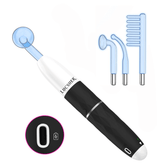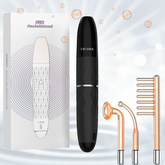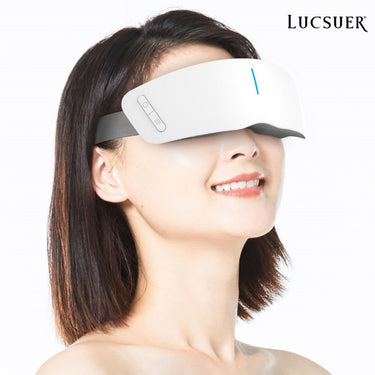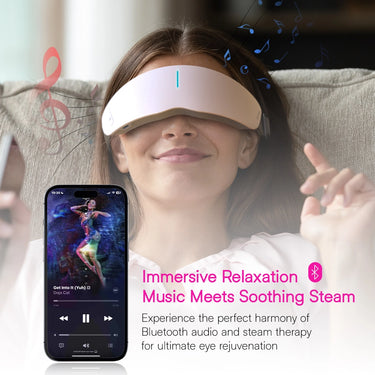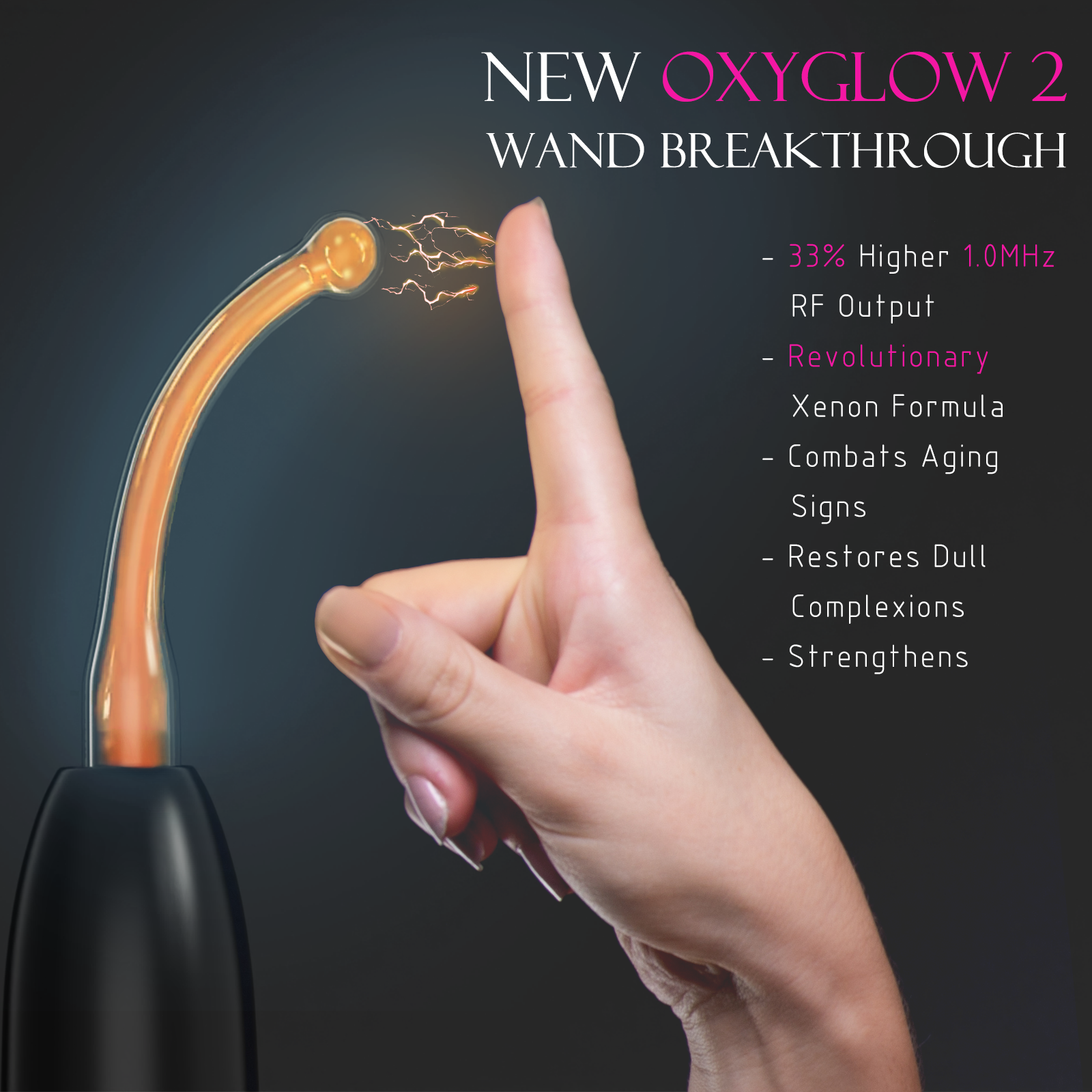In the ever-evolving world of health and wellness, red light therapy (RLT) has emerged as a buzzworthy treatment, captivating the attention of skincare enthusiasts and fitness enthusiasts alike. While the concept of harnessing the power of light for therapeutic purposes may seem futuristic, the science behind red light therapy is rooted in decades of research and clinical studies. But does it truly live up to its promises? Let’s delve into the scientific evidence and explore the effectiveness of this cutting-edge therapy.
1. Understanding Red Light Therapy
1.1 What is Red Light Therapy?
Red light therapy, also known as photobiomodulation or low-level light therapy (LLLT), is a non-invasive treatment that involves exposing the body to specific wavelengths of red and near-infrared light. Initially developed by NASA to aid in plant growth experiments and promote tissue healing in space, RLT has since gained widespread recognition for its potential benefits in various areas, from skincare to pain management.
1.2 How Red Light Therapy Works
At the core of red light therapy lies a fascinating scientific principle: the interaction between light and cellular processes. The red and near-infrared wavelengths used in RLT range from approximately 630 to 850 nanometers, which are known to penetrate the skin and underlying tissues without causing damage.
Once absorbed by the body’s cells, these specific wavelengths interact with mitochondria, the powerhouses responsible for producing energy for cellular functions. This interaction is believed to stimulate the production of adenosine triphosphate (ATP), the primary energy currency for cells, thereby enhancing cellular metabolism and promoting healing and regeneration.
2. The Scientific Evidence
2.1 Clinical Studies and Research
Over the years, numerous clinical studies and scientific research have explored the potential benefits of red light therapy. These studies, published in reputable journals such as the Journal of Photochemistry and Photobiology and the Journal of Clinical and Aesthetic Dermatology, have shed light on the efficacy of RLT in various applications.
2.2 Benefits Backed by Science
Skin Health
One of the most widely researched areas of red light therapy is its impact on skin health. Studies have demonstrated that RLT can stimulate collagen production, improve skin elasticity, and reduce the appearance of fine lines and wrinkles, contributing to a more youthful complexion. Additionally, RLT has shown promising results in treating acne by reducing inflammation and promoting faster healing of blemishes.
Pain Management and Muscle Recovery
Beyond skincare, red light therapy has also gained recognition for its potential in pain management and muscle recovery. Research has suggested that RLT can help reduce inflammation, alleviate joint and muscle pain, and accelerate the healing process after injuries or intense physical activity.
Mood and Cognitive Benefits
Emerging research also indicates that red light therapy may have positive effects on mood and cognitive function. Some studies have found that RLT can increase serotonin and endorphin levels, potentially improving mood and reducing symptoms of depression and anxiety. Additionally, there is evidence that RLT may enhance cognitive performance and memory by increasing blood flow and oxygenation to the brain.
3. Evaluating Red Light Therapy Devices
3.1 Types of Red Light Therapy Devices
To experience the benefits of red light therapy, various devices have been developed, ranging from large panels and masks to handheld wands and portable devices. Each type of device has its own advantages and disadvantages, depending on the intended use and personal preferences.
3.2 Factors to Consider When Choosing a Device
When selecting a red light therapy device, it’s crucial to consider several factors to ensure safety and effectiveness. Look for devices that emit the appropriate wavelengths (typically between 630-850 nm) and have a sufficient light intensity to penetrate the skin effectively. Additionally, prioritize devices with safety features, such as built-in timers and eye protection, and seek out reputable brands with certifications and positive user reviews.
3.3 Popular Red Light Therapy Devices Reviewed
To help you make an informed decision, we’ve reviewed some of the most popular red light therapy devices on the market. From professional-grade panels to compact at-home devices, our in-depth analysis covers user testimonials, expert opinions, and a detailed breakdown of each device’s features, performance, and value for money.
4. Red Light Therapy: Practical Applications and Uses
4.1 At-Home vs. Professional Treatments
Red light therapy can be administered both at home and in professional settings, such as spas, dermatology clinics, and wellness centers. While professional treatments often offer more powerful and customized sessions, at-home devices provide the convenience and flexibility of incorporating RLT into your daily routine.
4.2 Integrating RLT into Your Skincare Routine
To maximize the benefits of red light therapy for your skin, it’s recommended to incorporate it into your existing skincare routine. Start by cleansing your face and applying any serums or moisturizers as usual. Then, expose your skin to the red light for the recommended duration, typically 10-20 minutes, a few times a week. Consistency and patience are key, as it may take several weeks or months to see visible results.
5. Potential Side Effects and Precautions
5.1 Common Side Effects
While red light therapy is generally considered safe when used as directed, some individuals may experience minor side effects such as temporary skin redness, warmth, or itching. These side effects are typically mild and resolve on their own shortly after treatment.
5.2 Who Should Avoid Red Light Therapy?
While red light therapy is suitable for most people, there are certain groups who should exercise caution or avoid it altogether. Individuals with certain photosensitive disorders, active skin cancers, or those taking photosensitizing medications should consult with a healthcare professional before undergoing RLT. Additionally, pregnant women and individuals with certain eye conditions may want to avoid direct exposure to the light.
Conclusion
As the scientific evidence continues to mount, it becomes increasingly clear that red light therapy offers a promising and scientifically-backed approach to addressing various health and wellness concerns. From promoting skin rejuvenation and reducing inflammation to enhancing muscle recovery and cognitive function, the potential benefits of RLT are vast and multifaceted.
However, it’s important to approach red light therapy with realistic expectations and a thorough understanding of its limitations. While the research is compelling, individual results may vary, and RLT should not be viewed as a cure-all solution or a replacement for traditional medical treatments.
Ultimately, the decision to incorporate red light therapy into your wellness routine should be guided by your specific needs, preferences, and a thorough evaluation of the available devices and treatment options. By consulting with professionals, conducting extensive research, and exercising caution when necessary, you can harness the power of red light therapy and potentially unlock a path to improved well-being and radiant skin.
Frequently Asked Questions (FAQs)
What wavelengths are most effective for skin health?
The most effective wavelengths for skin health are typically within the range of 630-830 nanometers (nm). Studies have shown that wavelengths around 633 nm and 830 nm are particularly beneficial for promoting collagen production, reducing inflammation, and improving overall skin quality.
Can red light therapy help with chronic pain?
Yes, there is evidence that red light therapy can help alleviate chronic pain conditions, such as arthritis, fibromyalgia, and neuropathic pain. The anti-inflammatory and analgesic properties of RLT have been shown to reduce pain and improve quality of life for individuals suffering from chronic pain.
How long does it take to see results from red light therapy?
The time it takes to see results from red light therapy can vary depending on the specific condition being treated and the consistency of treatment. For skin concerns like fine lines and wrinkles, it may take several weeks or months of regular use to notice visible improvements. For pain management and muscle recovery, some individuals may experience relief within a few treatments, while others may require more extended use.
